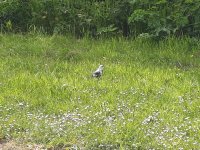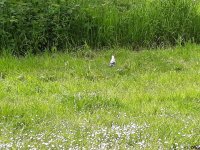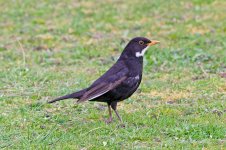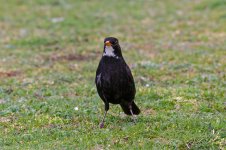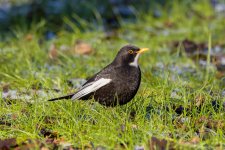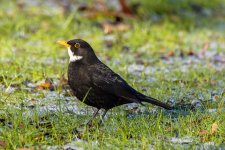Andy Lakin
Well-known member
I've had a leucistic male Blackbird coming in the garden sporadically for a few weeks. It has some white feathering on one side of its head. Today another leucistic male appeared with more extensive white feathering on both sides of its head. I know that its not mega rare but was surprised to get two different birds in. What are the odds of passing the leucism genes on? From a quick image search it appears that it affects the head area more frequently is that right? Also are they still recording plumage abnormalities such as this, as I know in the past they have done work on what species are affected and published the results.







